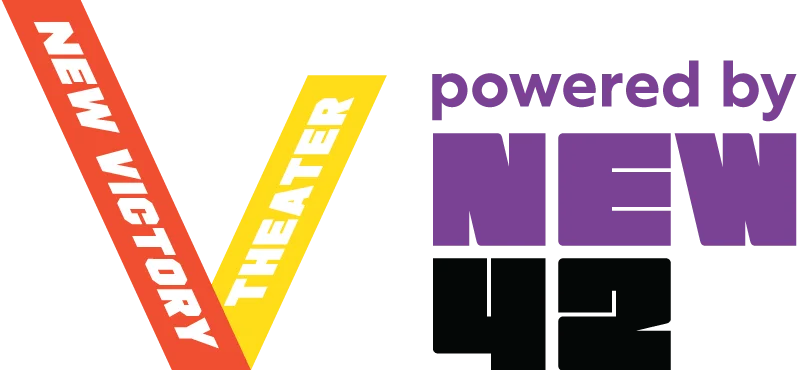Back to Resource Library Download PDF
Download PDF
Acting 101
 Download PDF
Download PDFUse this activity to explore the physicality of different characters, with the help of some tunes, and help your students find their inner actor!
Materials Needed: Three varied styles and tempos of music, open space that is clear of desks
- To begin, ask students to find a spot in the room with space to move freely. Tell them that they will embody different types of music and find different ways of expressing themselves using their bodies (gestures, physicality and levels).
- Tell students to move through the room and to take notice of how their bodies move through space (physicality, posture, breathing, etc.).
- After some time, begin to play a piece of music. Ask students questions like: How does this piece of music affect the tempo, or speed at which you’re moving? Did you slow down or speed up? How did your posture change? What emotions are you feeling? Next, ask them: What kind of character would move or breathe this way? How might a character feeling the emotions that the music evokes move and inhabit the space?
- As students continue to move, ask them to consciously embody that character. They might want to exaggerate their speed, gestures or posture or adjust their facial expression to fully realize their character.
- After a moment, have students stop where they are. Ask for volunteers to tell the class who or what they’re embodying, demonstrate it for the class and have everyone follow along! Repeat Steps 2 – 5 utilizing two other pieces of music, varying in tempo and style.
- Next, have students choose their favorite character out of the three they’ve created to explore even more. Then, in groups of three or four, have students discuss their characters and how they relate or differ. Invite each group to brainstorm a two-minute scene that includes all of their characters.
- Ask each group to devise their two-minute scene to perform for the class. This scene should be set to a style of music of their choice and can be performed with or without dialogue.
- Finally, have each group share their scene with the rest of the class. And now, your students have become an ensemble of collaborative theater artists!
Reflection Questions:
- What was your favorite part of this activity?
- How did music affect your and your classmates’ physicality?
- What assumptions do we make about characters based on their movement and physicality?
- What limitations or stereotypes might these assumptions reinforce?
- What is theater? In what ways did this activity change your perception of what theater can be?
